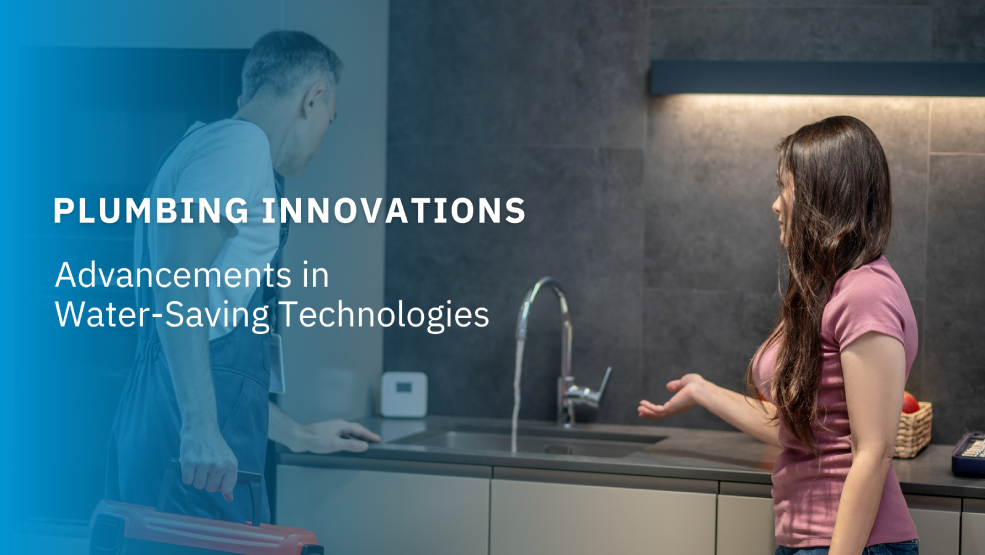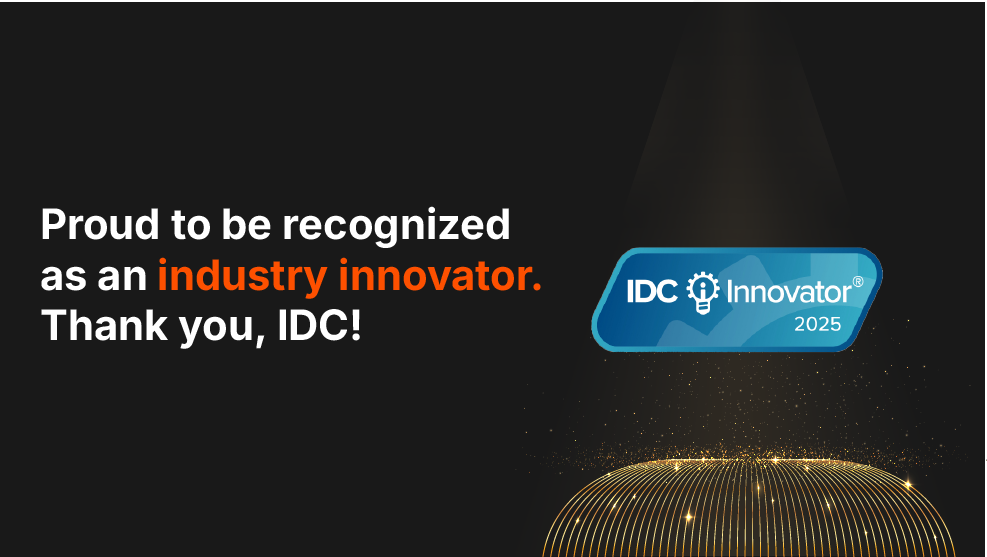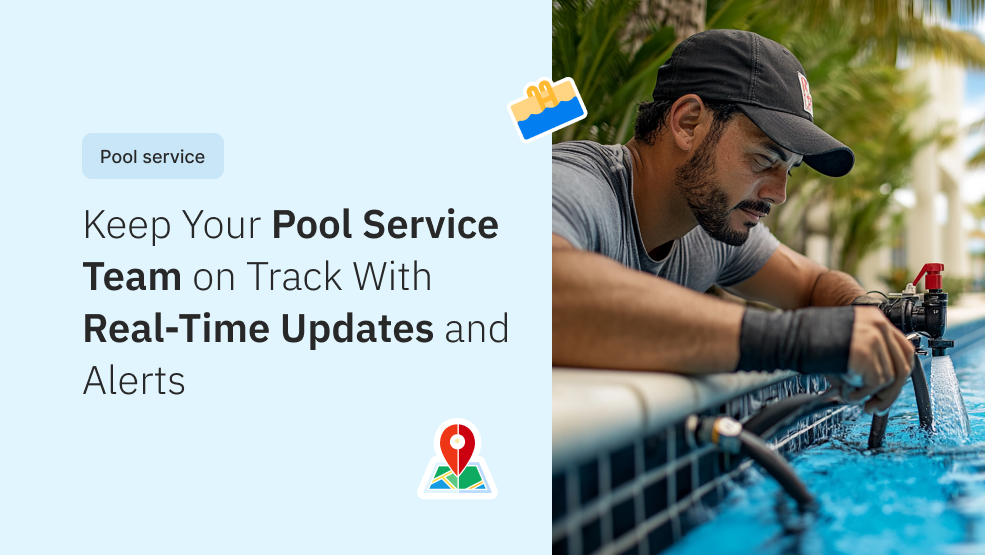Water conservation is a pressing global issue, and the plumbing industry has responded with innovative solutions to address this challenge. These innovations have revolutionized water-saving practices, allowing businesses and individuals to optimize their water usage and contribute to a more sustainable future. In this article, we will explore the latest trends in plumbing technology, highlighting the advancements that have made water conservation more achievable than ever before. With a focus on sustainable plumbing solutions, we will take a look at the modern trends in water-saving and smart water management systems that are transforming the way we approach water usage.
The importance of water conservation
Water is a precious resource, and conserving it is crucial for the well-being of our planet. With increasing population growth and the effects of climate change, water scarcity has become a significant concern worldwide. The plumbing industry plays a critical role in addressing this issue by developing innovative solutions that promote water conservation. Sustainable plumbing practices reduce water waste and offer economic advantages through lower utility costs and potential incentives for water conservation initiatives.
Efficient plumbing fixtures and technologies
Efficient plumbing fixtures and technologies are at the forefront of water-saving efforts. These advancements enable businesses and individuals to optimize their water usage without compromising performance or convenience. Let’s explore two key areas where plumbing innovations have made a significant impact:
Low-flow toilets and water-saving faucets
Traditional toilets and faucets often consume more water than necessary. However, low-flow toilets and water-saving faucets have emerged as game-changers in the plumbing industry. Low-flow toilets use advanced flushing mechanisms, reducing water per flush by up to 50-80% compared to conventional toilets. Water-saving faucets are equipped with aerators that mix air into the water stream, providing a consistent flow while reducing water consumption. These innovations allow businesses and individuals to conserve water without compromising hygiene or functionality.
Smart irrigation systems
Outdoor water usage, particularly for irrigation, can account for a substantial portion of total water consumption. Smart irrigation systems leverage technology and data to optimize landscape water use. Equipped with weather sensors and moisture detectors, these systems adjust irrigation schedules based on real-time weather conditions and soil moisture levels. By avoiding unnecessary watering and providing water only when needed, smart irrigation systems help conserve water without compromising the health and aesthetics of landscapes.
Rainwater harvesting and greywater recycling
In addition to efficient plumbing fixtures, rainwater harvesting, and greywater recycling are two effective strategies for conserving water and promoting sustainable water use. These practices allow businesses and individuals to capture and reuse water from different sources, reducing the demand for freshwater and alleviating the burden on traditional water supplies.
Harnessing rainwater for non-potable applications
Rainwater harvesting involves collecting and storing rainwater from rooftops and other surfaces for later use in non-potable applications. The collected rainwater can be utilized for various purposes, such as irrigation, flushing toilets, and industrial processes. Rainwater harvesting systems typically include gutters, downspouts, filters, and storage tanks. By using rainwater for non-potable needs, businesses and individuals can decrease their reliance on municipal water supplies and contribute to water conservation efforts.
Recycling greywater to reduce water waste and promote sustainability
Greywater refers to gently used water from sinks, showers, baths, and laundry that can be recycled for secondary uses, excluding toilet flushing. Greywater recycling systems collect, treat, and reuse greywater within the building. After appropriate treatment, recycled greywater can be used for landscape irrigation, toilet flushing, and even laundry. By diverting greywater away from wastewater systems and recycling it on-site, businesses and individuals can reduce water waste and decrease the overall demand for freshwater resources.
Sustainable landscaping and xeriscaping
Landscaping plays a crucial role in water conservation efforts, and adopting sustainable landscaping practices is essential for reducing water usage and promoting environmental resilience. Two key approaches in sustainable landscaping are xeriscaping and green roof technology.
Creating water-efficient and drought-resistant landscapes
Xeriscaping is a landscaping method that focuses on designing water-efficient and drought-resistant landscapes. By carefully selecting native or drought-tolerant plants and incorporating efficient irrigation techniques, xeriscaping reduces the need for supplemental watering, thus conserving water resources. This approach helps mitigate the impact of water scarcity and creates beautiful and resilient landscapes that thrive in arid and water-stressed regions.
Green roof technology
Green roof technology involves the installation of living vegetation and a growing medium on the rooftops of buildings. Green roofs offer numerous benefits, including stormwater management, energy efficiency, and improved air quality. One of the most significant advantages of green roofs is their ability to capture and retain rainwater, reducing the volume of runoff and easing the burden on stormwater systems. Additionally, green roofs enhance the thermal performance of buildings, reducing the need for heating and cooling and promoting energy savings.
Water management and leak detection
Effective water management is critical for maximizing water efficiency in building operations. Businesses and individuals can minimize water waste and optimize water usage by implementing water management plans and utilizing advanced leak detection systems.
Implementing water management plans for efficient water use
Developing and implementing water management plans is a proactive approach to optimize water consumption within buildings. These plans involve assessing water usage patterns, setting water use reduction targets, and identifying opportunities for water conservation. Businesses and individuals can significantly reduce water consumption by incorporating water-efficient fixtures and technologies, such as low-flow toilets, water-saving faucets, and smart irrigation systems. Regular monitoring and data analysis are crucial elements of water management plans, enabling building operators to track progress and identify areas for improvement continually.
Advanced leak detection systems
Water leaks can lead to significant water loss and unnecessary wastage. Advanced leak detection systems utilize cutting-edge technologies like sensors and data analytics to identify and promptly address leaks. These systems continuously monitor water usage and detect anomalies in real-time, enabling building operators to take immediate action when leaks occur. By swiftly resolving leaks, water loss is minimized, leading to water conservation and cost savings.
Policy and incentives for water conservation
Government policies and incentives play a crucial role in driving water conservation efforts in the built environment. By implementing regulations and offering financial incentives, authorities can encourage businesses and individuals to adopt water-efficient practices.
Government regulations and programs promoting water efficiency
Many governments worldwide have implemented regulations and programs focused on water efficiency in buildings. These measures may include building codes that mandate the use of water-saving fixtures, minimum standards for water consumption in new constructions, and guidelines for rainwater harvesting and greywater recycling. Additionally, some regions have established water efficiency certification programs for buildings, encouraging developers to achieve higher levels of water conservation. By complying with these regulations and participating in government initiatives, businesses and individuals can contribute to the broader goal of sustainable water management.
Financial incentives and rebates for water conservation measures
To further incentivize water conservation, various financial incentives and rebates are available to businesses and individuals. These incentives may include tax credits, grants, or rebates for implementing water-efficient technologies and practices. For example, buildings that install water-saving fixtures or adopt rainwater harvesting systems may be eligible for financial incentives. These financial benefits offset the costs of water conservation measures and foster a culture of sustainable water use in the building sector.
Final thoughts
Plumbing innovations have revolutionized water conservation practices, allowing businesses and individuals to optimize their water usage and contribute to a more sustainable future. Adopt efficient plumbing fixtures. Implementing rainwater harvesting and greywater recycling systems. And, start embracing sustainable landscaping practices, we can significantly impact water conservation. Government policies and financial incentives further encourage businesses and individuals to adopt water-saving technologies and practices. By prioritizing water conservation and implementing innovative plumbing solutions, we can create a more sustainable and water-resilient world for generations to come.








